Analysis and application of safety risks for gas pipelines in karst sinkhole-prone areas based on the D/I-MICMAC-VS integrated method
-
摘要: 为降低岩溶塌陷隐患区燃气管道的风险水平,基于人、物、环境、管理4类事故诱因,选用DEMATEL/ISM法厘清系统因素间的层次结构和因果关系,结合MICMAC法分析风险因素的依赖度和驱动力,并基于Visual Studio平台开发了“岩溶塌陷隐患区燃气管道风险分析软件”,形成了一种D/I-MICMAC-VS集成风险分析方法并开展实例研究。结果表明:(1)岩溶塌陷隐患区燃气管道风险因素分布于6个层级,通过对表层直接因素的严格管理可以在短期内降低风险事故发生的可能性;中层间接因素在系统中起承上启下作用;只有重视深层根本因素,才能够从根本上对燃气管道事故进行控制。(2)自发集群是燃气管道事故风险管控的关键抓手,通过优先干预可对事故防治起到显著作用;独立集群通过自身的变化发展直接影响系统的风险水平;联动集群对事故的演化发展起到传递推动作用。只有厘清诱发依赖集群变化的深层根本因素才能实现有效风险管控。
-
关键词:
- DEMATEL/ISM法 /
- MICMAC法 /
- Visual Studio /
- 岩溶塌陷;隐患区 /
- 燃气管道 /
- 风险分析
Abstract: To mitigate the risk of gas pipelines in karst sinkhole-prone areas, this study employs the DEMATEL/ISM method to elucidate the hierarchical structure and causal relationships among various factors in the system, considering four categories of accident causes: human, material, environment and management. Additionally, the MICMAC method is utilized to analyze the dependence and driving force of risk factors. Utilizing the Visual Studio platform, the software for risk analysis of gas pipelines in karst sinkhole-prone areas is developed. This research introduces the D/I-MICMAC-VS integrated risk analysis method and provides an example analysis. The results demonstrate that: (1) The risk factors for gas pipelines in karst sinkhole-prone areas are distributed across six levels. The possibility of risk accidents can be reduced in the short term by rigorously managing surface-level direct factors, while middle-level indirect factors play an intermediary role in the system. Effective control of gas pipeline accidents can only be achieved by addressing deep-rooted factors fundamentally. (2) The spontaneous cluster serves as a key element for risk management and control of gas pipeline accidents, and prioritized intervention significantly aids in accident prevention. The independent cluster directly influences the system’s risk level through its own changes and development. The linkage cluster plays a pivotal role in transmitting and promoting the evolution and development of accidents. Effective risk management and control can be achieved by discerning the deep root factors that inducing changes in the dependency cluster.-
Keywords:
- DEMATEL/ISM method /
- MICMAC method /
- Visual Studio /
- karst sinkhole; prone area /
- gas pipeline /
- risk analysis
-
0. 引言
滑坡是威胁山西地区人民生命和财产安全的主要地质灾害之一,广布的黄土层为滑坡灾害的发生提供了物质基础,尤其是汾河流域多为非自重的湿陷性黄土,具有显著的结构疏松与压缩性高的性质[1 − 2],而土质边坡以易发生、危害强、难预测等特点危害性更为突出[3 − 4]。滑坡现象多为内部因素和外部因素共同作用触发,内部因素包括坡体本身的性质弱化以及较差的地质构造环境等,降雨、工程开挖等外部因素是诱发土质边坡失稳的直接原因[5 − 6]。
众多学者围绕土质边坡稳定性问题开展了一系列卓有成效的研究,尤其是20世纪70年代后,有限元法借助计算机开始被广泛应用于边坡稳定分析。然而,在实际应用中,有限元法仍存在一些局限性,如较难确定边坡的初始应力状态以及把握边坡临近破坏时的弹塑性本构关系等。极限平衡法逐渐形成了垂直条分法和滑移线法两个独立的分支[7 − 8]。我国学者在滑动机理及监测方面也取得了一系列研究成果,彭建兵等[9]研究了黄土高原滑坡灾害形成的动力学机制问题,认为区域构造应力、边坡构造应力及易灾特性是黄土滑坡的“三大元凶”;董震等[1]聚焦山西省黄土地质灾害问题,认为黄土地质灾害的发生受其特有的物质成分和工程性质控制,并具有地域性分布的特点;支泽民等[10]研究发现,边坡稳定性影响因子相互作用会促进滑坡发育;蔡欣育等[11]开展了不同降雨类型对边坡稳定性的影响研究,重点分析了不同降雨类型条件下边坡孔隙水压力的分布特征;侯天顺等[12]也进行了人工降雨作用下的滑坡试验,模拟长期连续降雨边坡稳定系数的变化规律;马蓓青等[13]探讨了降雨条件下边坡裂缝发育规律及其对稳定性的影响;苗青等[14]通过LASSO算法建立了能够预测滑坡危险区域的模型。
然而,在工程扰动下土质边坡稳定性愈加复杂,很难用一种模式概括其滑动机理与影响因素。调查表明,多数土质边坡的滑坡与降雨有直接或间接的关系。在近年极端天气频发的背景下,探讨工程场地客观地质条件下极端降雨对土质边坡稳定性的影响是十分必要的。本文在山西太原古交市马兰镇营立村拟建水泥厂地质调研基础上,基于模糊数学理论获取该土质边坡稳定的主要影响因素,确定权值并计算稳定系数,结合FLAC3D软件模拟得到不同降雨强度下边坡稳定系数变化特征,进而得到现有条件下维持该边坡稳定所能承受的极端降雨条件,从而综合判断边坡的稳定状态。
1. 工程地质条件
1.1 地形与岩性特征
研究区位于山西省太原市西部山区的古交市马兰镇营立村水泥厂,属于地形起伏较大的山间河谷地貌单元区,拟建场地地形起伏较大,各钻孔孔口标高介于1182.43~1194.64 m,相对高差为12.21 m。区内地层发育不完全,据勘察及钻孔揭露的地层情况,勘察深度范围内地层主要由全新统粉土、圆砾与中奥陶统石灰岩组成(图1)。粉土(Qh)呈褐黄色,稍密,稍湿,土质较松散;场地局部出露,可见零星煤屑、云母、氧化铁及植物根系,摇振反应中等,无光泽反应,干强度和韧性低。圆砾(
$ \rm{Qh}_{ }^{\rm{\mathit{al}+\mathit{pl}}} $ )为杂色,中密,稍湿,母岩成分主要为灰岩和砂岩,呈椭圆状,磨圆度较好,一般粒径为3~10 cm,最大粒径为18 cm,以粉土、中砂充填其中,含大量漂石,中奥陶统马家沟组石灰岩(O2m)为灰白色,强风化-中风化,岩体节理裂隙较发育,岩芯较完整,呈短柱状或柱状,一般在10.0~30.0 cm,敲击声较清脆,不易击碎,为较硬岩。1.2 水文地质与气候
场地内水文地质条件简单,在勘察深度内未发现稳定地下水位。研究区属于典型的季风气候,当地历年降雨资料显示年平均降雨量为426.1 mm,降雨主要集中在7—8月,其降雨量约在60~90 mm,但近年极端天气明显增多[14],多次出现了日降水量超过100 mm的大暴雨,极端天气频现给区域内土质边坡稳定性带来了挑战,也增加了研究的复杂性和难度。
2. 边坡稳定性模糊数学分析
2.1 边坡稳定性评判模型
边坡稳定性受到内因和外因的双重影响。在现场调研基础上,采用层次分析法确定了影响该水泥厂边坡稳定性的因素及其分级标准(表1),确定了地层岩性、地貌特征、风化作用、降雨及人类活动[15]等 5 项影响因素,构建了边坡稳定性的模糊综合评价模型
表 1 稳定性影响因素与量化取值表Table 1. Stability influencing factors and quantified values评价指标 滑坡稳定性级别及其分级标准 因素 因子 稳定(1) 基本稳定(2) 欠稳定(3) 不稳定(4) 降雨U1 降雨量/
(mm·d−1)25~<50 50~<100 100~250 >250 人类活动U2 工程活动 弱 一般 较强 强 地貌特征U3 坡面形态 平直形 凸状 凹状 阶状 坡度(θ)/(°) 0~<10 10~<30 30~<50 50~90 坡高(h)/m 0~<25 25~<35 35~<45 45~55 地层岩性U4 岩土性质 坚石 软石 硬土 普通土 风化作用U5 风化程度 微风化 中风化 强风化 全风化 根据构建的边坡稳定性模糊综合评价模型[16],建立评价对象的关联因素集,表示为:
$$ {\boldsymbol{U}}=\{u_{1},u_{2},u_{3},u_{4},u_{5}\} $$ (1) 根据边坡实际情况,结合半定量取值法,确定不同因素权重集,表示为:
$$ {\boldsymbol{Q}}=\{q_{1},q_{2},q_{3},q_{4},q_{5}\} $$ (2) 通过评价对象可能出现的结果建立备择集,表示为:
$$ {\boldsymbol{W}}=\{w_{1},w_{2},w_{3},w_{4},w_{5}\} $$ (3) 根据单个影响因素,联立式(2)与(3),确定各离散值对备择集的隶属程度,得出评判矩阵,表示为:
$$ {\boldsymbol{R }}= \left[ {\begin{array}{*{20}{c}} {R_{{w_1}}^{{q_1}}}&{R_{{w_2}}^{{q_1}}}&{R_{{w_3}}^{{q_1}}}&{R_{{w_4}}^{{q_1}}}&{R_{{w_5}}^{{q_1}}} \\ {R_{{w_1}}^{{q_2}}}&{R_{{w_2}}^{{q_2}}}&{R_{{w_3}}^{{q_2}}}&{R_{{w_4}}^{{q_2}}}&{R_{{w_5}}^{{q_2}}} \\ {R_{{w_1}}^{{q_3}}}&{R_{{w_2}}^{{q_3}}}&{R_{{w_3}}^{{q_3}}}&{R_{{w_4}}^{{q_3}}}&{R_{{w_5}}^{{q_3}}} \\ {R_{{w_1}}^{{q_4}}}&{R_{{w_2}}^{{q_4}}}&{R_{{w_3}}^{{q_4}}}&{R_{{w_4}}^{{q_4}}}&{R_{{w_5}}^{{q_4}}} \\ {R_{{w_1}}^{{q_5}}}&{R_{{w_2}}^{{q_5}}}&{R_{{w_3}}^{{q_5}}}&{R_{{w_4}}^{{q_5}}}&{R_{{w_5}}^{{q_5}}} \end{array}} \right] $$ (4) 根据式(2)与(4),依据权重集与影响因素评判关系矩阵的乘积可以有效地表达所有因素对判定对象的综合影响指数,表示为:
$$ B = Q \cdot R = \left\{ {{Z_{{w_1}}},{Z_{{w_2}}}, \cdots ,{Z_{w_5}}} \right\} $$ (5) 2.2 边坡稳定影响因素关系矩阵
基于地质资料及调查结果,对各影响因素在不同稳定系数下的影响程度进行评价。基于所构建边坡稳定性评价模型的降雨量、人类活动、地貌特征、地层岩性与风化程度等5项因素建立关系矩阵,矩阵主对角线上数据表示各影响因素在不同稳定系数下的影响程度。矩阵中各行表示该因素对其它因素在不同稳定系数下的影响程度,设该因素为A。矩阵中各列表示其它因素对其在相同稳定系数下的影响程度,设其为B。不同因素对不同稳定系数的影响具有差异性,因而选用编码方式加以区分。按影响程度由弱到强分别赋值为0,1,2,3,4。其中,Aa为关系矩阵中不同稳定系数的稳定性影响程度,该值越大表示影响越大;Bb为关系矩阵中相同稳定系数的稳定性重要程度,该值越大表示越重要。
基于以上原则建立了关系矩阵,计算公式如下:
$$ {A_a} = \frac{{A + B}}{{\sqrt 2 }} $$ (6) $$ {B_b} = \frac{{A - B}}{{\sqrt 2 }} $$ (7) $$ {H}_{i}=\frac{{A}_{a}+{B}_{b}}{{\displaystyle \sum \left({A}_{a}+{B}_{b}\right)}}\times 100\% $$ (8) 式中:Aa——稳定性影响程度;
Bb——稳定性重要程度;
Hi——影响因素的权重(表2)。
表 2 营立村水泥厂切坡稳定性影响因素赋值表Table 2. Impact factors of artificial slope cutting stability in Yingli Village quarryP A A+B A-B Hi/% Aa Bb P1 3 2 1 1 11 23 −1 26 16.26 −0.707 3 P2 2 2 1 10 19 1 22 13.44 0.707 2 1 P3 1 1 7 15 −1 17 10.06 −0.707 2 2 1 P4 3 10 17 3 19 12.02 2.120 1 1 1 1 P5 6 14 −2 16 9.90 −1.410 B 12 9 8 7 8 88 根据地质调查结果及相关地质资料与规范,由式(6)—(8)计算,最终确定各影响因素的权重,降雨为26%、人类活动为22%、地貌特征为17%、地层岩性为19%、风化程度为16%。确定权重集为:
$$ {\boldsymbol{Q}}=\{0.26,0.22,0.17,0.19,0.16\} $$ 一般土质边坡的稳定系数区间为[1.20, 2.00],区间为0.25均匀分布,建立备择集表示如下:
$$ {\boldsymbol{W}}=\{1.00,1.25,1.50,1.75,2.00\} $$ 由此,计算得出综合评价结果为:
$$ {\boldsymbol{B}}={\boldsymbol{Q}}\cdot {\boldsymbol{R}}=(2.58,1.93,1.65,1.41,1.54) $$ 最后,对综合评价结果加权平均求得边坡稳定系数,计算结果如下:
$$ F_{\mathrm{S}}=\frac{\displaystyle\sum\limits_{j=1}^5b_jw_j}{\displaystyle\sum\limits_{j=1}^5b_j}=\frac{13.02}{9.11}=1.429 $$ 式中:Fs——边坡稳定系数。
综上可知,基于模糊数学求得Fs =1.429>1.15,根据《滑坡防治工程勘察规范》(GBT 32864—2016) [17]第13. 3. 4 条滑坡稳定状态划分标准,该土质边坡天然条件下处于稳定状态。
3. 边坡稳定性FLAC3D分析
3.1 模型构建与物理力学参数获取
基于模糊数学分析已知降雨是营立村水泥厂土质边坡稳定性的主要影响因素,为进一步量化分析该土质边坡稳定性,使用FLAC3D 软件模拟不同降雨条件下该边坡的稳定性演变特征[18]。模型主要依据边坡的坡高、坡角等几何尺寸建立,由于边坡开挖为阶梯状,z轴分别为8.5 m、13.5 m、25.3 m,x轴长度为42 m,y轴长度为40 m。模型初始边界条件为:流体边界设置边坡表层为渗透面,坡脚和边坡底部为渗漏面;位移边界固定边坡底面,约束模型两侧的y轴位移。此外,为便于分析坡体在不同降雨条件下各层岩土体弹性模量、容量、剪应力、摩擦角等物理力学参数的变化情况[19],本次模拟在所建模型每级台阶坡脚处在对应台阶内部提取位移监测点与应力监测点(图2)。
岩土体物理力学参数基于地质调查结果及土工试验确定(表3),所建边坡模型采用Mohr-Coulomb准则和强度折减法求取稳定系数[20]。潜在滑动面主要计算原理如下:
表 3 边坡岩土体物理参数指标Table 3. Physical parameter indicators of slope rock and soil类型 容重
/(kg·m−3)泊松比 黏聚力
/MPa内摩擦角
/(°)抗剪强度
/MPa饱和粉土 1960 0.3 0.02 18 0.35 粉土 1820 0.25 0.04 25 0.51 砂岩 2550 0.25 8.2 35 8.91 石灰岩 2800 0.18 11.4 38 12.18 $$ {F_{\mathrm{S}}} = \frac{c}{{c'}} = \frac{{\tan \varphi }}{{\tan \varphi '}} $$ (9) $$ \alpha = \frac{1}{2}\arccos \left(\frac{{\left({\delta _1} - {\delta _3}\right)\tan {{\varphi '}}}}{2{c'} + \left({\delta _1} + {\delta _3}\right)\tan \varphi '}\right) $$ (10) 式中:c、c′——边坡土体初始状态和临界状态下的黏 聚力/kPa;
φ、φ′——边坡土体初始状态和临界状态下的内摩 擦角/(°);
α——最危险滑动面与最小主应力夹角/(°);
δ1、δ3——土体单元的第1和第3主应力/kPa。
3.2 天然状态下边坡稳定模拟分析
基于表3的岩土体力学参数采用FLAC3D数值模拟得到营立村水泥厂土质边坡在天然状态下边坡位移和剪应力空间分布图(图3)。图3(a)表明,天然状态下边坡的位移集中在边坡顶部区域,最大位移为29.3 cm,自坡顶向坡脚位移量具有减小趋势,直至边坡中下部无位移量。图3(b)表明,边坡内部应力变化最为显著,坡体在自重及岩性影响下剪应力集中分布于石灰岩及其上覆第四系沉积层界面附近,剪切力增量向边坡底部集中,最大剪切力累积在坡脚位置,说明在没有断裂的情况下马家沟组灰岩与其上覆第四系沉积层界面存在明显的渗透系数差,是最主要的结构面。模拟分析结果显示,此状态下边坡Fs=1.426,与模糊数学分析法得出的Fs=1.429几乎一致,综合判定该边坡天然状态下处于稳定状态。
3.3 降雨状态下边坡稳定性变化
降雨会引起土体黏聚力和内摩擦角改变,进而影响边坡稳定性[21 − 23]。为了简化研究,将均匀雨型日降雨量设为基础分析条件。FLAC3D 模拟不同降雨强度条件下该边坡的稳定性,结果显示,随着日降水量增加稳定系数小幅升高后下降,整体呈现单峰型曲线形态(图4)。由图4可知,较小的降雨强度对边坡渗流场影响有限,基本无法引起地下水位变化,而雨水渗透引起边坡粉土的黏聚力增大超过了内摩擦角减小的效应,因此边坡稳定性出现了小幅升高。随着日降雨量继续增加,土体黏聚力与内摩擦角均为下降趋势,导致稳定系数快速下降,当降雨量增长至75 mm/d时Fs=1.15,边坡处于稳定状态;当降雨量增长至120 mm/d时Fs=1.05,边坡处于基本稳定状态;当降雨量增长至150 mm/d时,稳定系数为1.004,此时边坡已处于极限平衡的欠稳定状态,存在发生滑坡的潜在风险。
3.4 极端降雨条件下边坡稳定状态分析
150 mm/d的极端降雨引起了潜在滑动带由坡体表面逐渐向坡体深部转移,直至滑动带沟通了岩土界面,计算模型中出现了一条明显的塑性剪切带,见图5(a)。降雨约为0.5 h时,雨水快速入渗引起土体自重增大,变形区域主要集中在表土层,局部具有轻微向外隆起的趋势,Y2、Y3监测点应力随之上升,分别为178.2 kN、132.4 kN;降雨约为3 h时,因入渗土体中水不能及时排出,孔隙水压力抵消一部分土体压力,内部的应力则呈现减小的趋势,Y2、Y3监测点应力分别为123.5 kN、53.5 kN;此后,Y3监测点应力基本不变,Y2监测点经历快速下降(3~9 h)后进入缓慢下降阶段,约至20 h时,Y2监测点应力稳定为59.8 kN。处于坡脚岩土界面附近的Y1监测点应力随降雨历时整体呈上升趋势,变化趋势大致呈三个阶段,6 h内为应力较快上升阶段,6~16 h为应力缓慢上升阶段,16 h后应力增长达到最大限度,最大应力增量约为78 kN,见图5(b)。随降雨历时增加,边坡顶面浅表层首先产生了拉裂缝,裂缝产生的位移量由顶部表层向内部减小,即相同降雨历时条件下,监测点位移量W4>W3>W2>W1。降雨约18 h时,各监测点位移量达到最大值,见图5(c),边坡已基本处于极限平衡状态。
4. 结论
综上可知,降雨对土质边坡稳定性有着显著的影响,雨水入渗导致土体自重增大、强度减小,使边坡内部发生局部剪切作用。随着降雨强度增大,边坡岩土层剪切面贯通形成完整的滑动面,最终导致土质边坡失稳。
(1) 基于地质资料及野外调研基础上,构建了边坡稳定性模糊综合评价模型,结合关系矩阵确定降雨为营立村水泥厂边坡稳定性最主要的影响因素(26%),并求得Fs =1.429>1.15,表明该土质边坡天然条件下处于稳定状态。
(2) 使用FLAC3D 模拟分析结果显示天然状态下边坡Fs=1.426;当降雨量75~120 mm/d时,Fs由1.15降至1.05;降雨量120~150 mm/d时,Fs由1.05降至1.004,此时边坡已处于极限平衡的欠稳定状态,存在发生滑坡的潜在风险。
(3) 模糊数学与FLAC3D 评价营立村水泥厂土质边坡天然状态下稳定性结果几乎一致,联合运用两种方法相互佐证能够提高评价准确性,使结果更符合边坡实际情况。
-
表 1 岩溶塌陷形成原因
Table 1 Formation causes of karst collapse
类型 具体形成原因 自然因素 地下水活动 地下水活动对岩溶塌陷的诱发作用主要表现在溶蚀、渗透潜蚀、真空吸蚀、地下水位波动的散解、
地下水的水击等方面大气降水及地表水渗透潜蚀 大气降水与地表水借由土体缝隙逐层下渗或通过落水洞、漏斗等以渗漏直接注入的方式向岩溶水
补给,对沿层土体进行潜蚀、淘空地震作用 地震载荷诱发土层错动,导致岩溶土洞顶板破裂坍塌;岩溶洞隙上覆浅埋的松散饱水细粒砂层在地
震作用下引发“土壤液化”现象,导致土体强度降低、土拱结构破坏重力作用 在土拱结构支撑下小尺寸土洞通常趋于稳态,但在外部因素驱动下土洞逐渐向上发育扩展,土洞顶
板在岩溶覆盖层重力作用下持续受力,最终达到强度极限并失稳坍塌人类活动
作用地下工程导致地下水失衡 工程施工极易引起地下水位波动诱发地质失衡,对岩溶土体稳定性造成直接影响 酸碱液化学潜蚀 工业废液通过土层缝隙流入地下后与可溶性物质发生化学反应,加剧岩溶土体的溶蚀作用 占压荷载产生附加压力 城镇化发展带动地表占压载荷的施加将加剧地下土拱结构失稳,诱发岩溶土洞顶板坍塌 表 2 风险因素指标体系
Table 2 Risk factor indicator system
维度 具体风险因素 人员不安全状态 受教育程度不高(e1)、专业技能不足(e2)、管道保护意识淡薄(e3)、安全意识薄弱(e4)、应急处置能力不足(e5) 管道不安全状态 管道老化(e6)、管道腐蚀(e7)、安全设施失效(e8)、建设工艺不达标(e9) 环境不安全状态 人类活动强度(e10)、施工与震动(e11)、抽取地下水(e12)、经济发展水平(e13)、法律法规(e14)、岩溶地质发育(e15)、
地下水活动(e16)、覆盖层特征(e17)、构造条件(e18)、地形地貌(e19)、气象条件(e20)管理漏洞 安全监管欠缺(e21)、安全宣传不到位(e22)、应急保障不完善(e23)、规章制度不合理(e24) 表 3 风险因素的直接影响矩阵
Table 3 Direct impact matrix of risk factors
e1 e2 e3 e4 e5 e6 e7 e8 e9 e10 e11 e12 e13 e14 e15 e16 e17 e18 e19 e20 e21 e22 e23 e24 e1 0 4 4 4 4 0 0 0 3 0 0 0 3 3 0 0 0 0 0 0 3 3 3 3 e2 2 0 2 2 4 4 4 4 4 0 0 0 0 2 4 2 2 3 3 3 3 2 3 2 e3 0 0 0 4 0 2 2 2 0 3 3 3 0 2 2 0 0 0 2 0 4 4 4 3 e4 0 2 4 0 3 0 0 3 3 0 0 0 0 2 0 0 0 0 0 0 4 4 4 3 e5 0 0 0 0 0 0 0 3 0 0 0 0 2 2 2 0 0 0 2 0 0 0 4 0 e6 0 0 0 0 0 0 3 3 0 0 0 0 0 0 0 0 0 0 0 0 0 0 0 0 e7 0 0 0 0 0 3 0 3 0 0 0 0 0 0 0 0 0 0 0 0 0 0 0 0 e8 0 0 0 0 0 2 2 0 0 0 0 0 0 0 0 0 0 0 0 0 0 0 2 0 e9 0 0 0 0 0 4 4 4 0 0 0 0 0 0 0 0 0 0 0 0 0 0 0 0 e10 0 0 0 0 0 0 0 0 0 0 4 4 3 2 3 3 0 0 3 2 0 0 0 0 e11 0 0 0 0 0 0 2 2 0 2 0 3 2 0 3 3 2 2 3 0 0 0 0 0 e12 0 0 0 0 0 0 0 0 0 0 0 0 0 0 4 4 0 0 0 0 0 0 0 0 e13 3 2 2 2 2 2 2 2 2 4 4 4 0 3 2 2 2 2 2 2 3 3 3 3 e14 2 4 4 4 4 2 2 3 4 0 4 2 2 0 0 0 0 0 0 0 4 4 4 4 e15 0 0 0 0 0 0 0 3 0 0 0 0 0 0 0 4 4 3 4 0 0 0 0 0 e16 0 0 0 0 0 0 0 0 0 0 0 0 0 0 4 0 3 3 2 2 0 0 0 0 e17 0 0 0 0 0 0 0 0 0 0 0 0 0 0 3 3 0 2 2 0 0 0 0 0 e18 0 0 0 0 0 0 0 0 0 0 0 0 0 0 4 4 4 0 4 0 0 0 0 0 e19 0 0 0 0 0 0 0 0 0 3 3 3 3 0 4 4 4 2 0 4 0 0 0 0 e20 0 0 0 0 0 0 0 0 0 2 2 2 0 0 3 4 0 0 2 0 0 0 0 0 e21 0 4 0 4 4 4 4 4 4 3 4 6 0 2 3 0 0 3 0 0 0 4 4 4 e22 0 2 4 4 3 2 2 2 3 2 3 3 0 3 0 0 0 0 0 0 2 0 3 2 e23 0 3 2 2 4 0 0 0 2 0 0 0 0 2 3 0 0 0 0 3 2 2 0 3 e24 0 4 2 3 3 3 3 3 4 2 4 4 0 3 3 0 0 0 0 0 4 4 4 0 -
[1] LI Qiaochu,HE Sha. Research on effect factors of mechanical response of cross-fault buried gas pipeline based on fluid–structure interaction[J]. Journal of Pressure Vessel Technology,2021,143(6):061402. DOI: 10.1115/1.4051366
[2] 李滨,殷跃平,高杨,等. 西南岩溶山区大型崩滑灾害研究的关键问题[J]. 水文地质工程地质,2020,47(4):5 − 13. [LI Bin,YIN Yueping,GAO Yang,et al. Critical issues in rock avalanches in the karst mountain areas of southwest China[J]. Hydrogeology & Engineering Geology,2020,47(4):5 − 13. (in Chinese with English abstract) DOI: 10.16030/j.cnki.issn.1000-3665.202003060 LI Bin, YIN Yueping, GAO Yang, et al . Critical issues in rock avalanches in the karst mountain areas of southwest China[J]. Hydrogeology & Engineering Geology,2020 ,47 (4 ):5 −13 . (in Chinese with English abstract) DOI: 10.16030/j.cnki.issn.1000-3665.202003060[3] 李华明,蔡乐军,陈南南,等. 基于室内试验的四川峨眉——汉源高速廖山隧道碳酸盐岩溶蚀特征分析[J]. 中国地质灾害与防治学报,2021,32(4):73 − 84. [LI Huaming,CAI Lejun,CHEN Nannan,et al. Experimental analysis on dissolution characteristics of carbonate rocks in Liaoshan tunnel of Emei-Hanyuan expressway in Sichuan Province[J]. The Chinese Journal of Geological Hazard and Control,2021,32(4):73 − 84. (in Chinese with English abstract) DOI: 10.16031/j.cnki.issn.1003-8035.2021.04-10 LI Huaming, CAI Lejun, CHEN Nannan, et al . Experimental analysis on dissolution characteristics of carbonate rocks in Liaoshan tunnel of Emei-Hanyuan expressway in Sichuan Province[J]. The Chinese Journal of Geological Hazard and Control,2021 ,32 (4 ):73 −84 . (in Chinese with English abstract) DOI: 10.16031/j.cnki.issn.1003-8035.2021.04-10[4] LI Feng,WANG Wenhe,DUBLJEVIC S,et al. Analysis on accident-causing factors of urban buried gas pipeline network by combining DEMATEL,ISM and BN methods[J]. Journal of Loss Prevention in the Process Industries,2019,61:49 − 57. DOI: 10.1016/j.jlp.2019.06.001
[5] 黄健陵,田苾. 基于模糊事故树的施工现场地下管线泄漏风险分析[J]. 安全与环境学报,2017,17(6):2072 − 2078. [HUANG Jianling,TIAN Bi. Risk analysis over the underground pipeline leakage in a construction site based on the fuzzy fault tree[J]. Journal of Safety and Environment,2017,17(6):2072 − 2078. (in Chinese with English abstract) DOI: 10.13637/j.issn.1009-6094.2017.06.007 HUANG Jianling, TIAN Bi . Risk analysis over the underground pipeline leakage in a construction site based on the fuzzy fault tree[J]. Journal of Safety and Environment,2017 ,17 (6 ):2072 −2078 . (in Chinese with English abstract) DOI: 10.13637/j.issn.1009-6094.2017.06.007[6] 骆正山,巫忱忱. 基于FTA-DBN的燃气管道泄漏风险研究[J]. 消防科学与技术,2020,39(3):401 − 404. [LUO Zhengshan,WU Chenchen. Research on risk of gas pipeline leakage based on FTA-DBN[J]. Fire Science and Technology,2020,39(3):401 − 404. (in Chinese with English abstract) DOI: 10.3969/j.issn.1009-0029.2020.03.031 LUO Zhengshan, WU Chenchen . Research on risk of gas pipeline leakage based on FTA-DBN[J]. Fire Science and Technology,2020 ,39 (3 ):401 −404 . (in Chinese with English abstract) DOI: 10.3969/j.issn.1009-0029.2020.03.031[7] 周德群,章玲. 集成DEMATEL/ISM的复杂系统层次划分研究[J]. 管理科学学报,2008,11(2):20 − 26. [ZHOU Dequn,ZHANG Ling. Establishing hierarchy structure in complex systems based on the integration of DEMATEL and ISM[J]. Journal of Management Sciences in China,2008,11(2):20 − 26. (in Chinese with English abstract) DOI: 10.3321/j.issn:1007-9807.2008.02.003 ZHOU Dequn, ZHANG Ling . Establishing hierarchy structure in complex systems based on the integration of DEMATEL and ISM[J]. Journal of Management Sciences in China,2008 ,11 (2 ):20 −26 . (in Chinese with English abstract) DOI: 10.3321/j.issn:1007-9807.2008.02.003[8] 王军武,陆超. 关联性视角下装配式建筑工程吊装事故致因机理分析[J]. 安全与环境学报,2021,21(3):1158 − 1164. [WANG Junwu,LU Chao. On the cause-result consequence of the hoisting accidents in the prefabricated construction projects from the perspective of relevance[J]. Journal of Safety and Environment,2021,21(3):1158 − 1164. (in Chinese with English abstract) DOI: 10.13637/j.issn.1009-6094.2019.1662 WANG Junwu, LU Chao . On the cause-result consequence of the hoisting accidents in the prefabricated construction projects from the perspective of relevance[J]. Journal of Safety and Environment,2021 ,21 (3 ):1158 −1164 . (in Chinese with English abstract) DOI: 10.13637/j.issn.1009-6094.2019.1662[9] MELEWAR T C,GORANE S J,KANT R. Modelling the SCM enablers:an integrated ISM-fuzzy MICMAC approach[J]. Asia Pacific Journal of Marketing and Logistics,2013,25(2):263 − 286.
[10] PUENTE J,FERNANDEZ I,GOMEZ A,et al. Integrating sustainability in the quality assessment of EHEA institutions:a hybrid FDEMATEL-ANP-FIS model[J]. Sustainability,2020,12(5):1707. DOI: 10.3390/su12051707
[11] LI Yongbo,SANKARANARAYANAN B,THRESH KUMAR D,et al. Risks assessment in thermalpower plants using ISM methodology[J]. Annals of Operations Research,2019,279(1/2):89 − 113.
[12] CHAUHAN,SINGH,JHARKHARIA. An interpretive structural modeling (ISM) and decision-making trail and evaluation laboratory (DEMATEL) method approach for the analysis of barriers of waste recycling in India[J]. Journal of the Air & Waste Management Association,2018,68(2):100 − 110.
[13] 张勇,王祥宇. 基于DEMATEL-ISM-BN的施工人员不安全行为致因研究[J]. 中国安全生产科学技术,2020,16(11):110 − 116. [ZHANG Yong,WANG Xiangyu. Study on causes of unsafe behaviors of construction workers based on DEMAREL-ISM-BN[J]. Journal of Safety Science and Technology,2020,16(11):110 − 116. (in Chinese with English abstract) ZHANG Yong, WANG Xiangyu . Study on causes of unsafe behaviors of construction workers based on DEMAREL-ISM-BN[J]. Journal of Safety Science and Technology,2020 ,16 (11 ):110 −116 . (in Chinese with English abstract)[14] 冯雨翔. 盐穴地下储气库风险评估研究[D]. 成都:西南石油大学,2019. [FENG Yuxiang. Study on risk assessment of underground gas storage in salt cavern[D]. Chengdu:Southwest Petroleum University,2019. (in Chinese with English abstract) FENG Yuxiang. Study on risk assessment of underground gas storage in salt cavern[D]. Chengdu: Southwest Petroleum University, 2019. (in Chinese with English abstract)
[15] JIANG Xiaoyan, LU Kun, XIA Bo, et al. Identifying significant risks and analyzing risk relationship for construction PPP projects in China using integrated FISM-MICMAC approach[J]. Sustainability,2019,11(19):5206.
[16] HOGEWEG P,HESPER B. Two predators and one prey in a patchy environment:an application of MICMAC modelling[J]. Journal of Theoretical Biology,1981,93(2):411 − 432. DOI: 10.1016/0022-5193(81)90113-2
[17] LIANG Yi,WANG Haichao,ZHAO Xinyue. Analysis of factors affecting economic operation of electric vehicle charging station based on DEMATEL-ISM[J]. Computers & Industrial Engineering,2022,163:107818.
[18] 李乔楚,陈军华. 基于WSR的岩溶区域管道破坏特征与风险管控措施[J]. 焊管,2022,45(2):32 − 38. [LI Qiaochu,CHEN Junhua. Failure characteristics and risk control measures of pipeline in karst area based on WSR[J]. Welded Pipe and Tube,2022,45(2):32 − 38. (in Chinese with English abstract) DOI: 10.19291/j.cnki.1001-3938.2022.02.005 LI Qiaochu, CHEN Junhua . Failure characteristics and risk control measures of pipeline in karst area based on WSR[J]. Welded Pipe and Tube,2022 ,45 (2 ):32 −38 . (in Chinese with English abstract) DOI: 10.19291/j.cnki.1001-3938.2022.02.005[19] 缪秀梅,陈烨天,米传民. 基于ISM和在线评论的汤山温泉顾客满意度研究[J]. 中国管理科学,2019,27(7):186 − 194. [MIAO Xiumei,CHEN Yetian,MI Chuanmin. Study on consumer satisfaction of Tangshan hot springs based on ISM and online reviews[J]. Chinese Journal of Management Science,2019,27(7):186 − 194. (in Chinese with English abstract) DOI: 10.16381/j.cnki.issn1003-207x.2019.07.018 MIAO Xiumei, CHEN Yetian, MI Chuanmin . Study on consumer satisfaction of Tangshan hot springs based on ISM and online reviews[J]. Chinese Journal of Management Science,2019 ,27 (7 ):186 −194 . (in Chinese with English abstract) DOI: 10.16381/j.cnki.issn1003-207x.2019.07.018[20] 李明柱,王文东,张智超. 基于ISM与MICMAC的建筑施工风险因素研究[J]. 安全与环境学报,2022,22(1):22 − 28. [LI Mingzhu,WANG Wendong,ZHANG Zhichao. Study on construction risk factors based on ISM and MICMAC[J]. Journal of Safety and Environment,2022,22(1):22 − 28. (in Chinese with English abstract) DOI: 10.13637/j.issn.1009-6094.2021.0578 LI Mingzhu, WANG Wendong, ZHANG Zhichao . Study on construction risk factors based on ISM and MICMAC[J]. Journal of Safety and Environment,2022 ,22 (1 ):22 −28 . (in Chinese with English abstract) DOI: 10.13637/j.issn.1009-6094.2021.0578





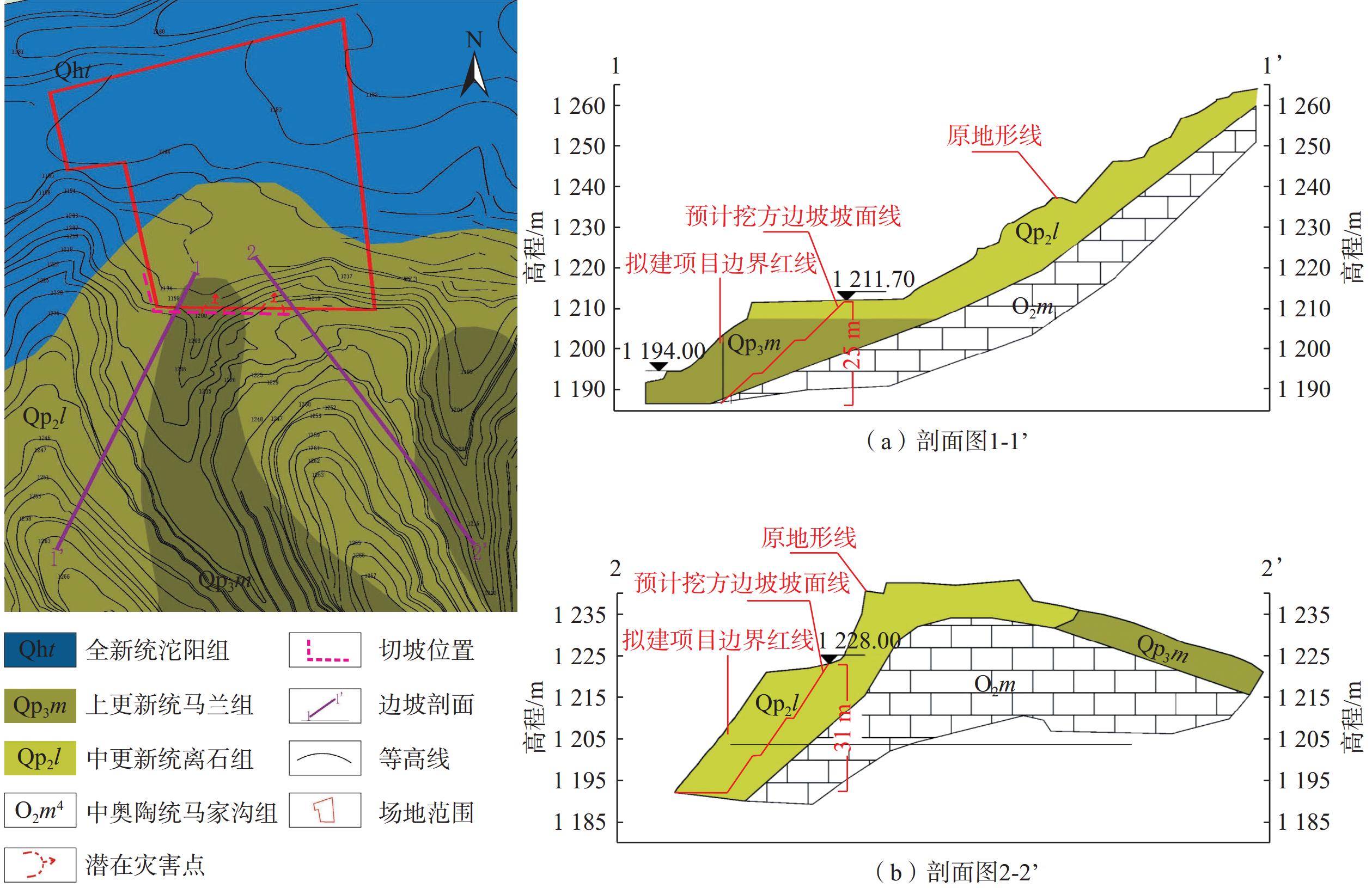
 下载:
下载:












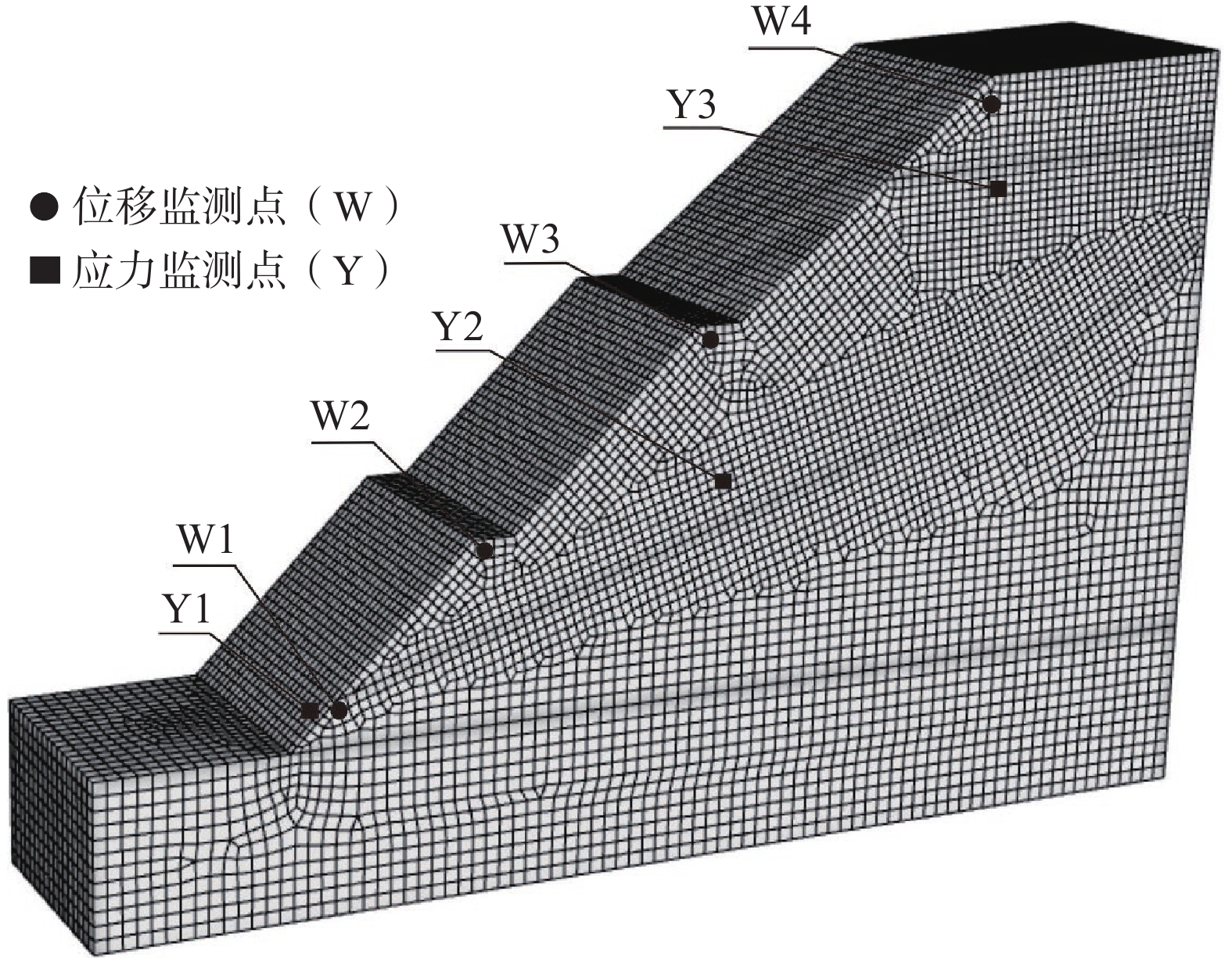


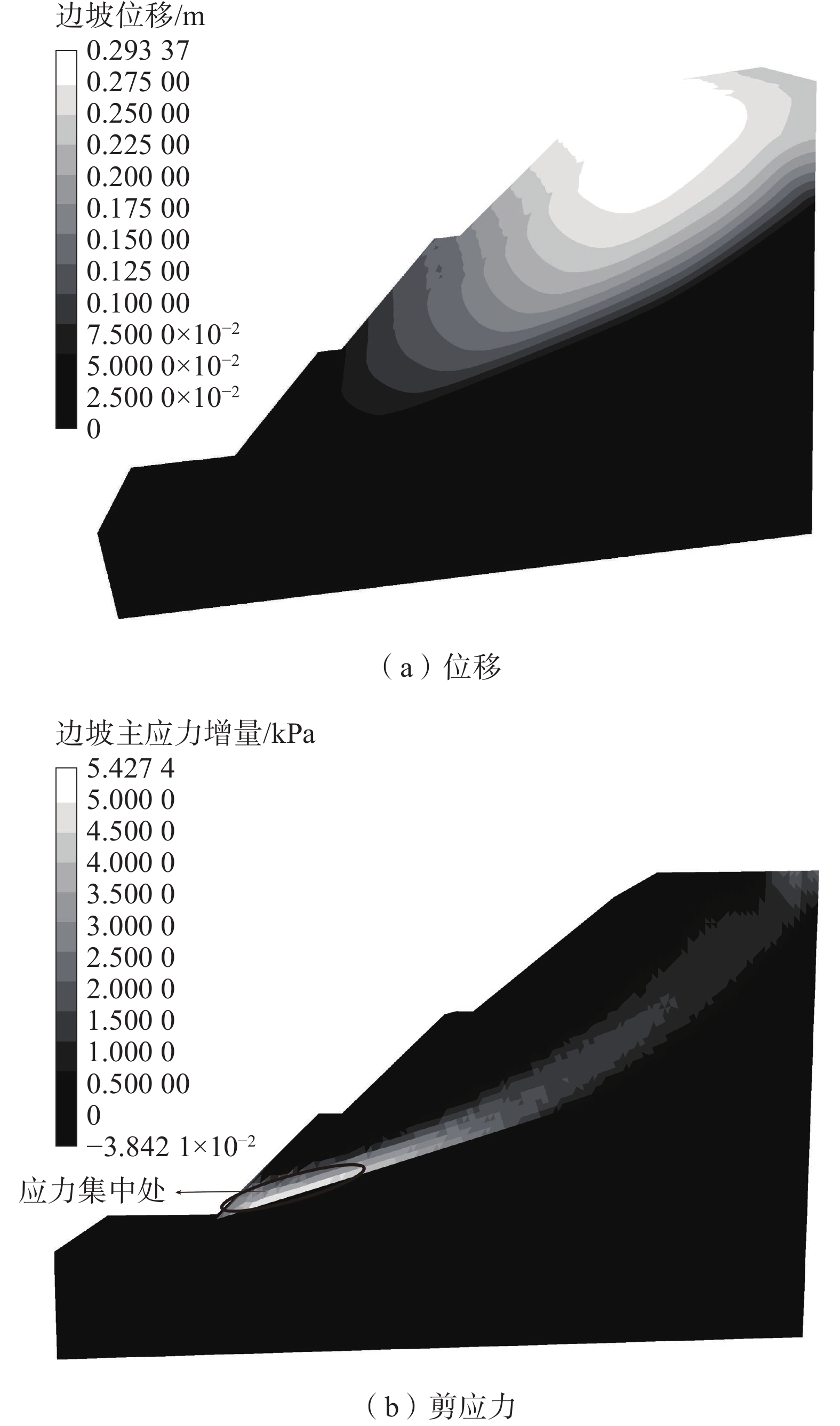
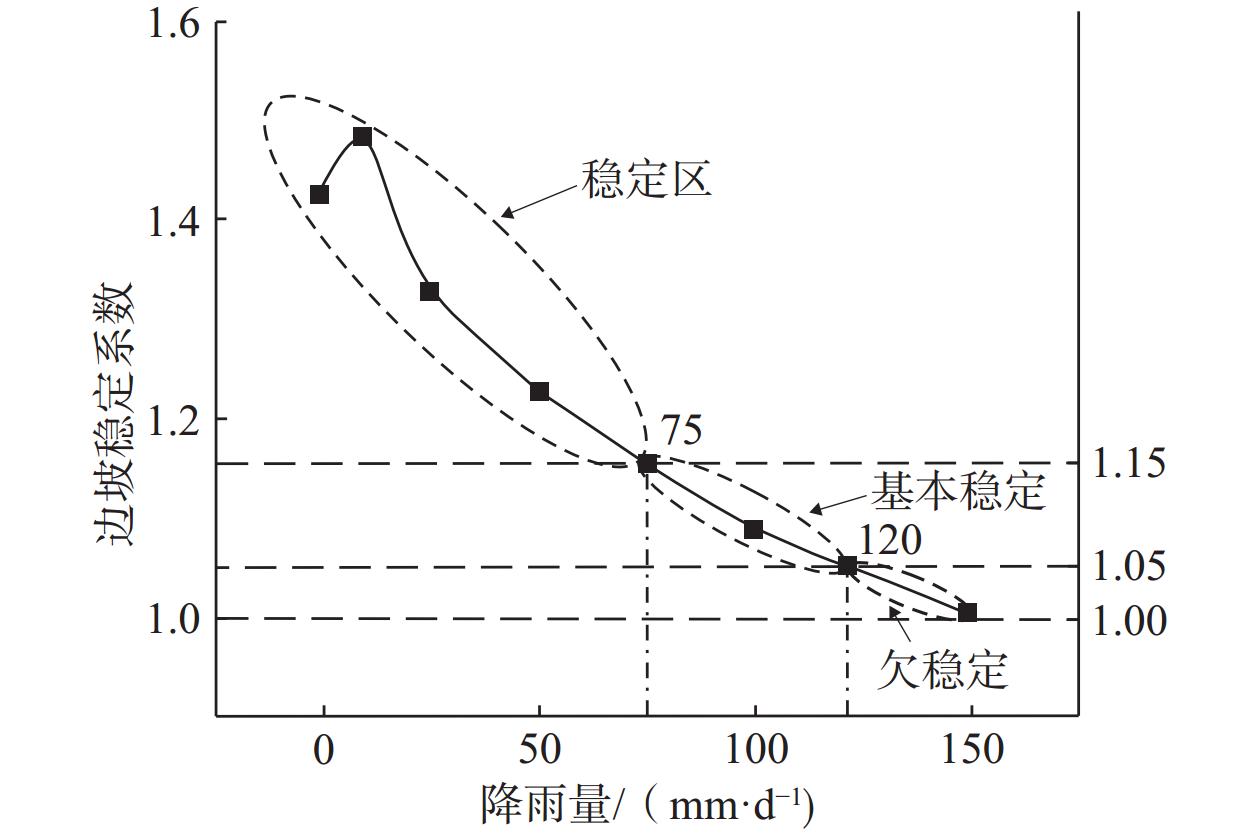
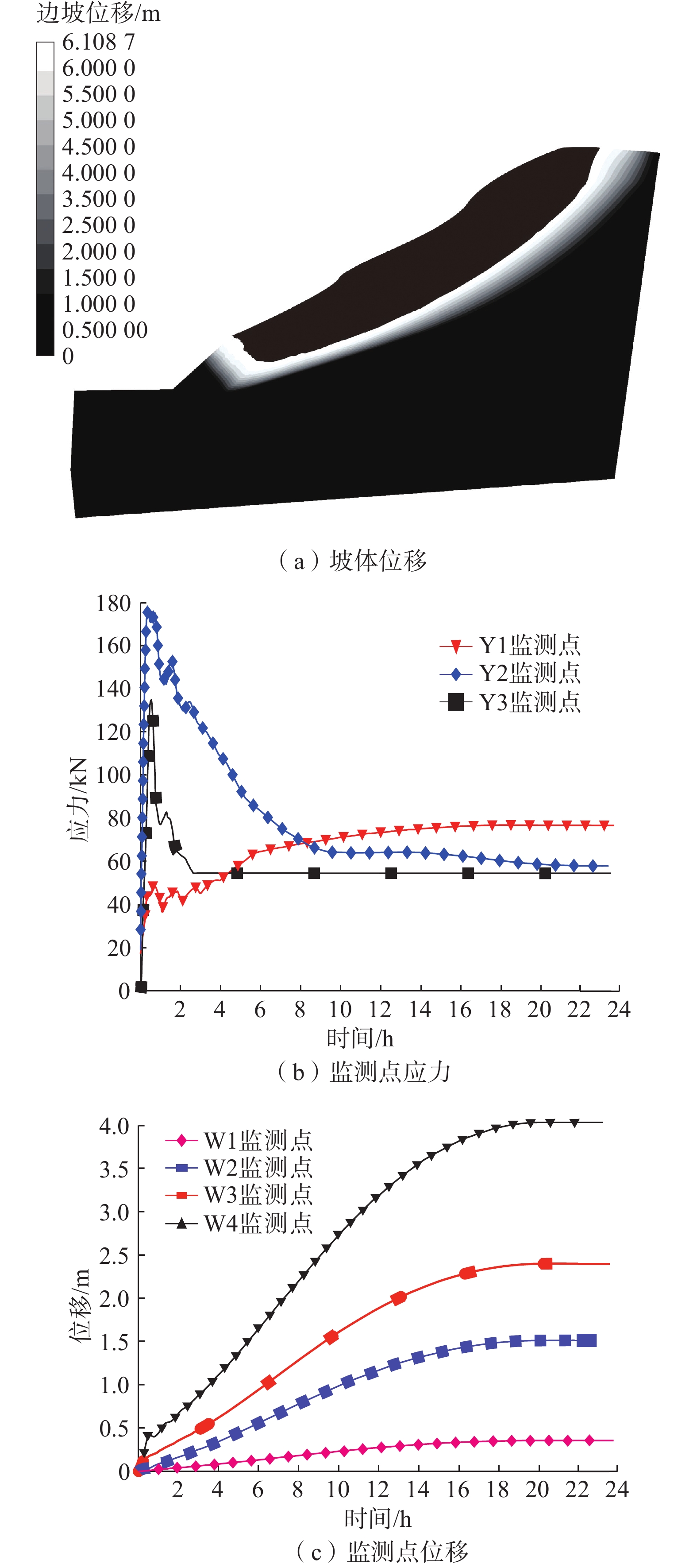
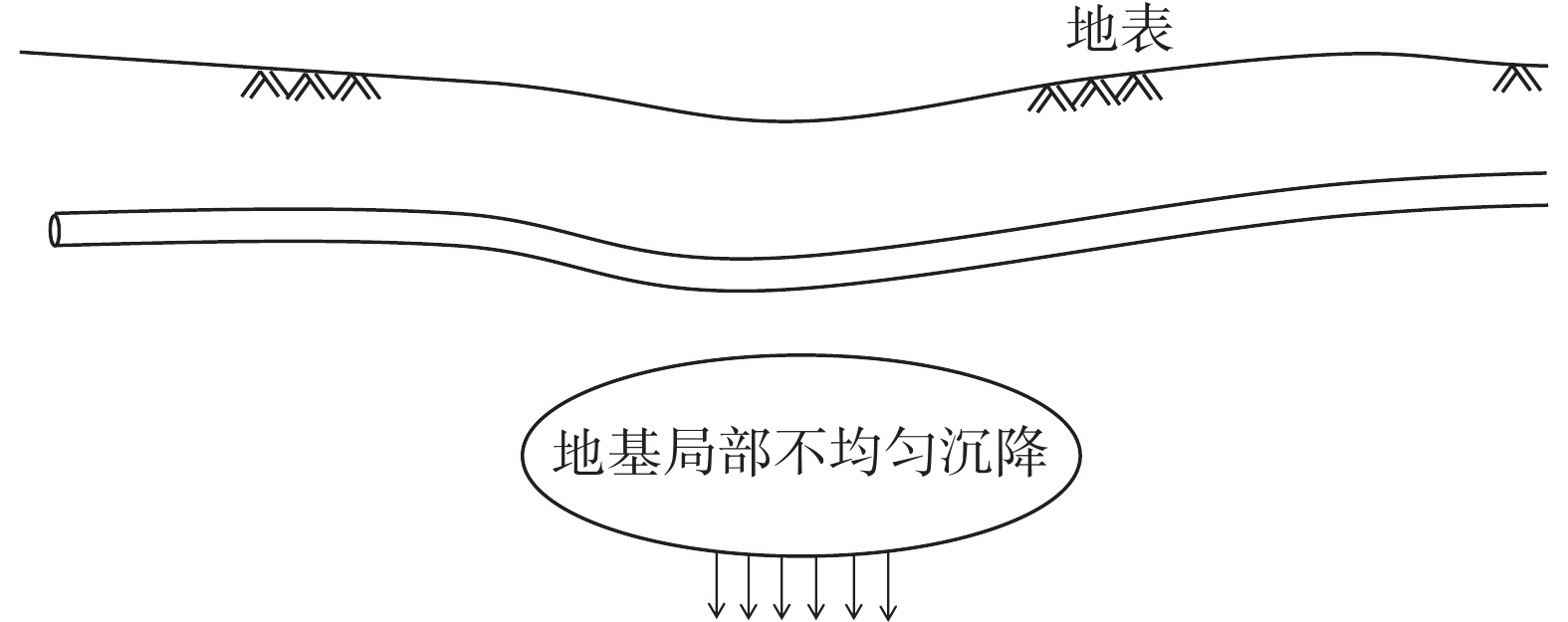
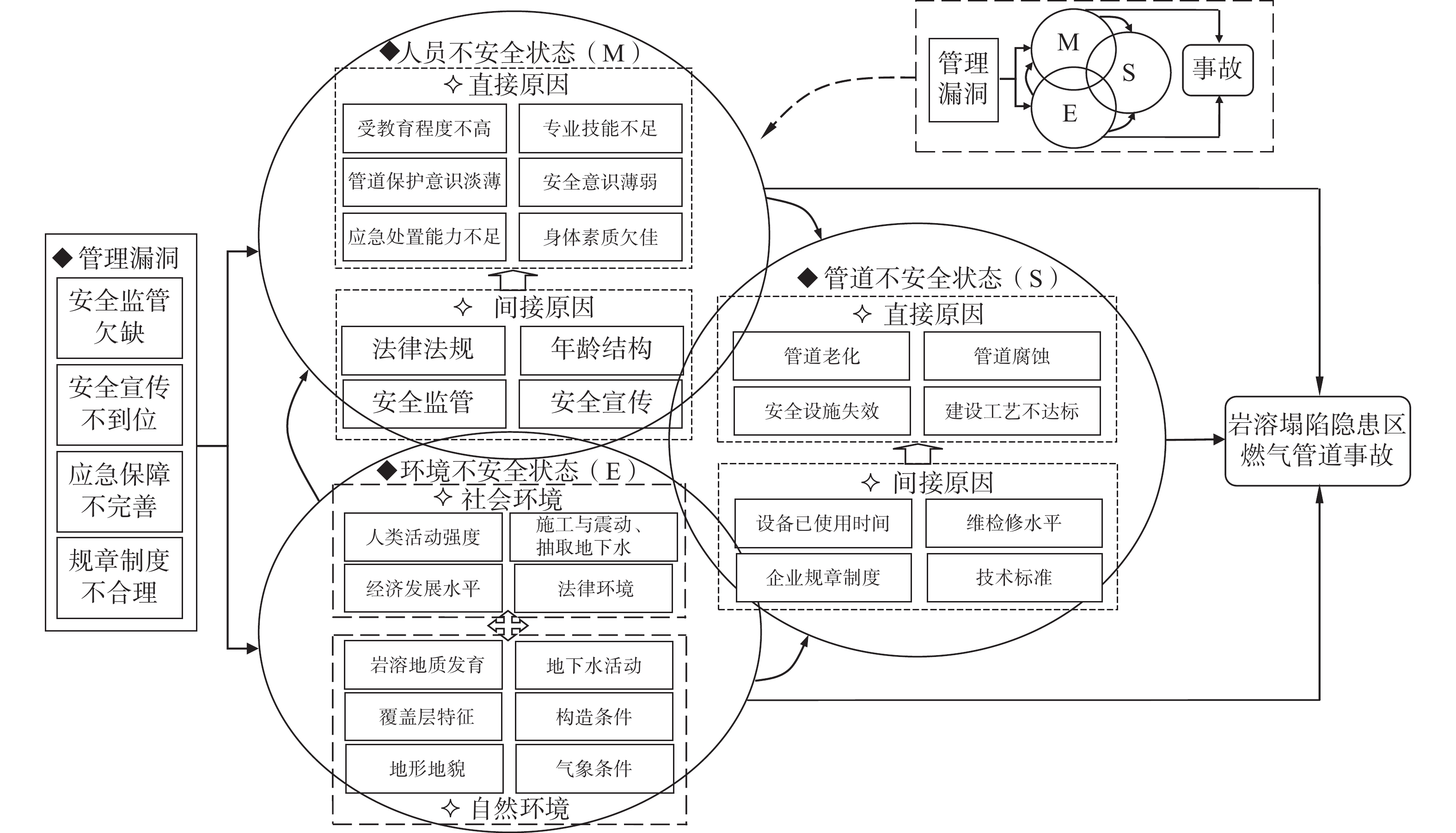
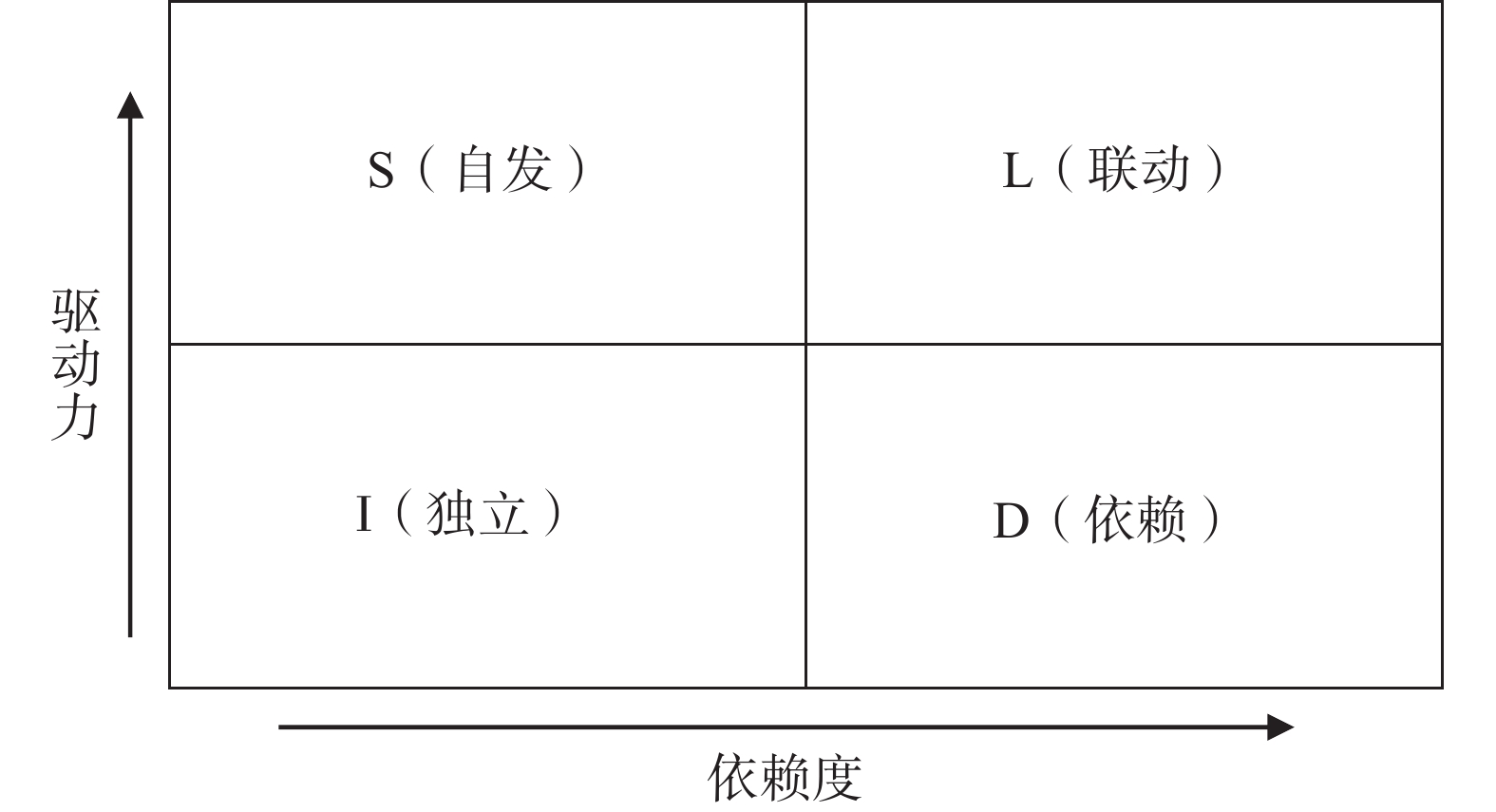
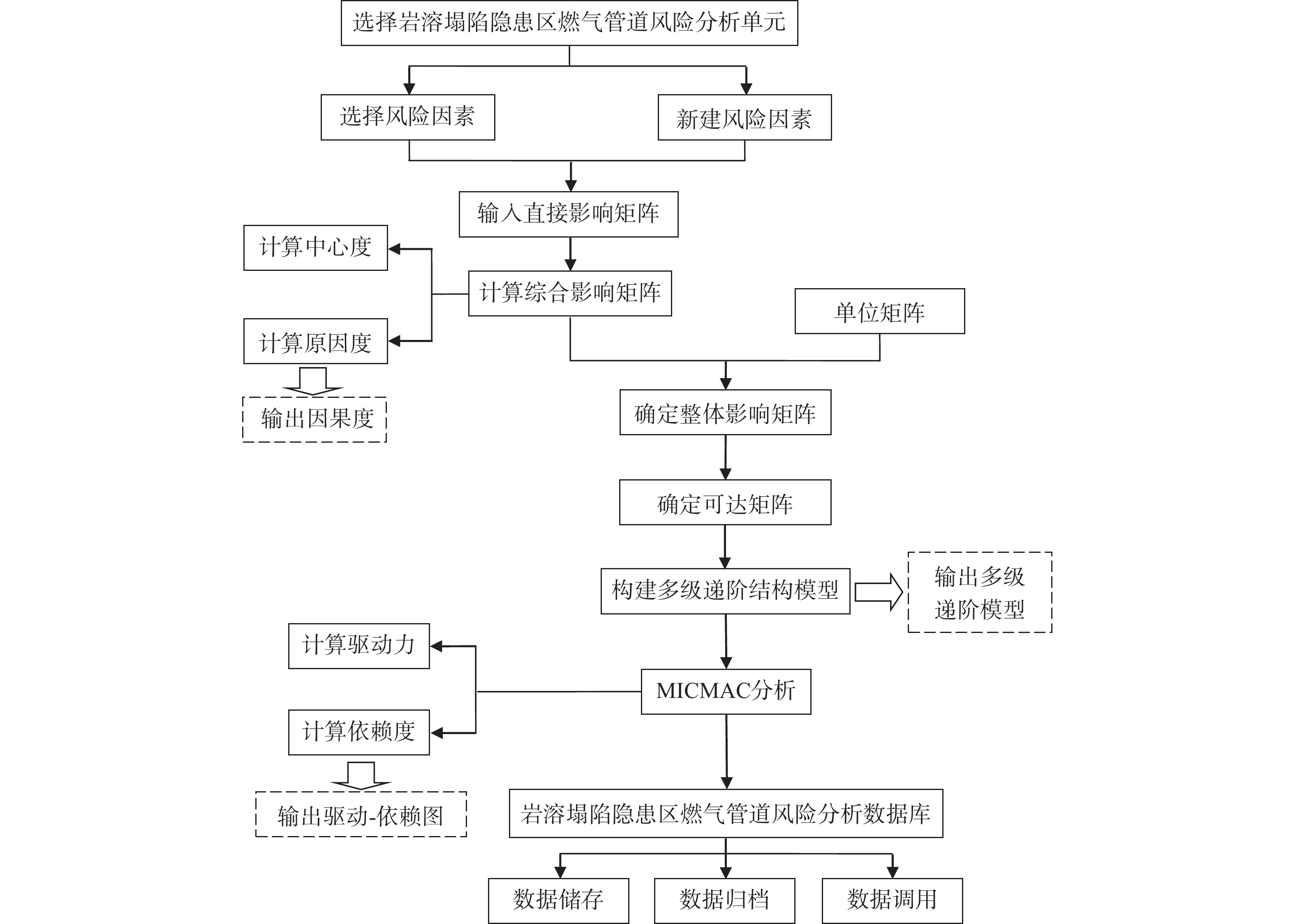
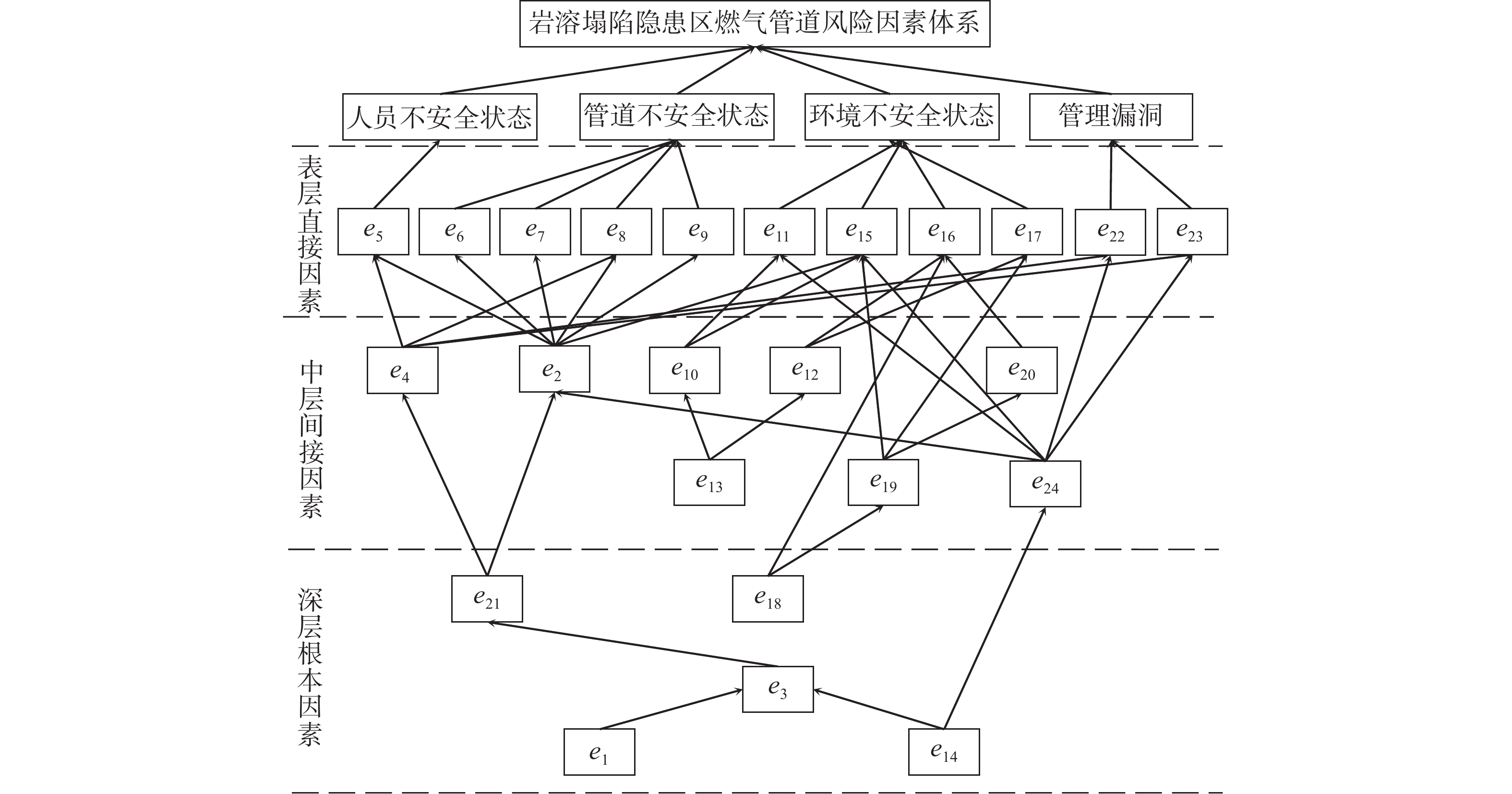
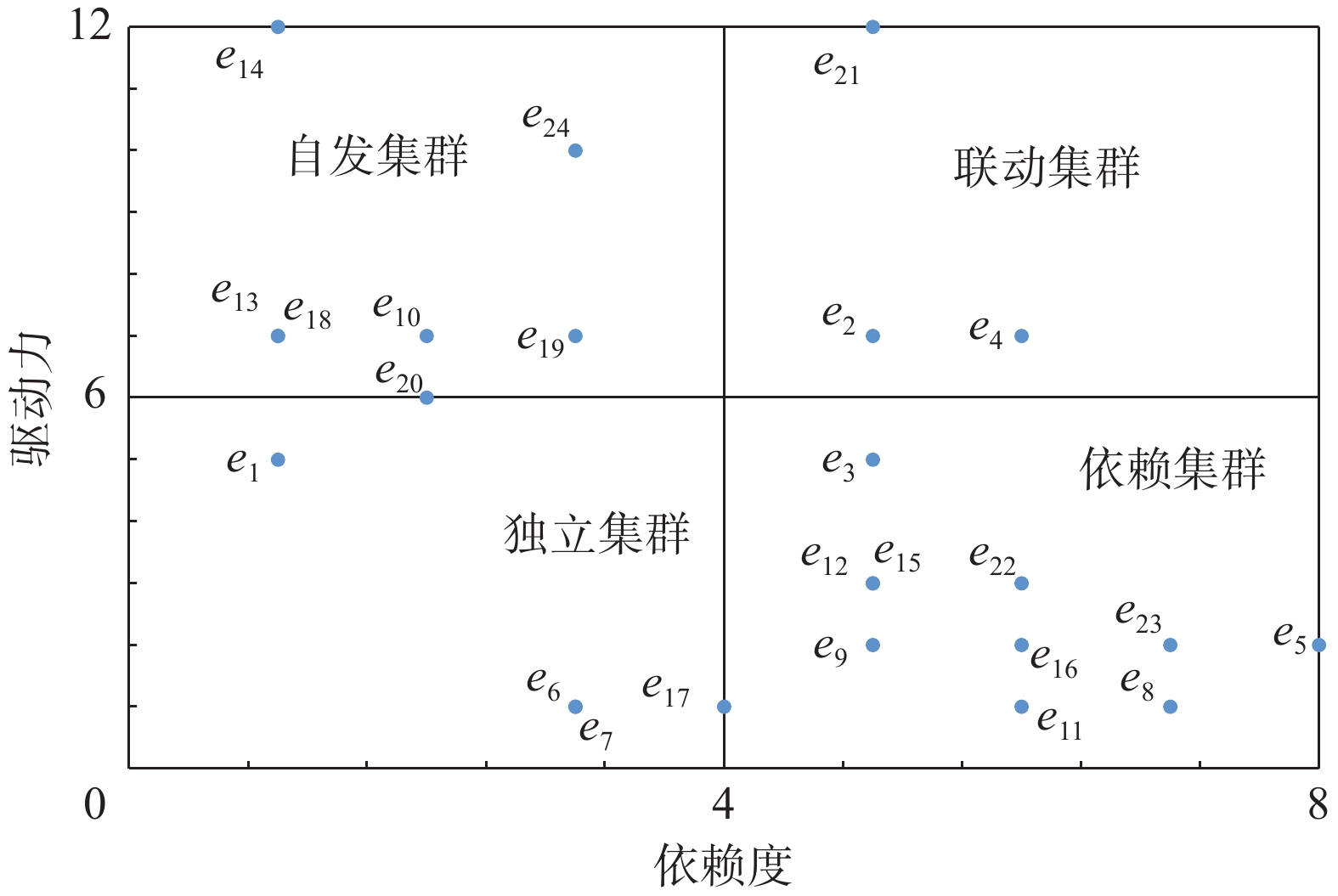
 邮件订阅
邮件订阅 RSS
RSS